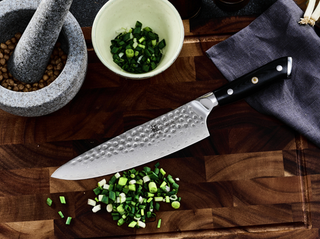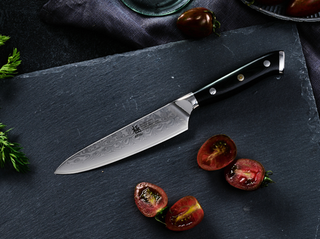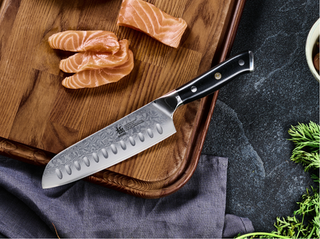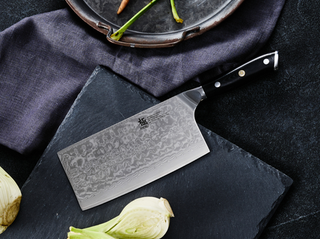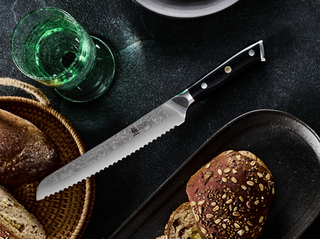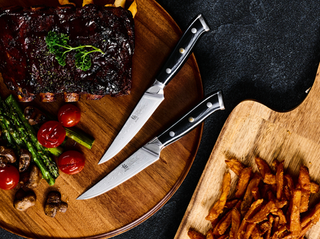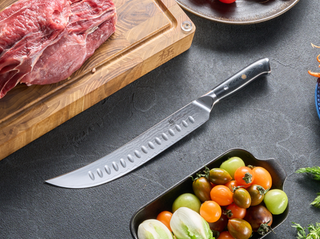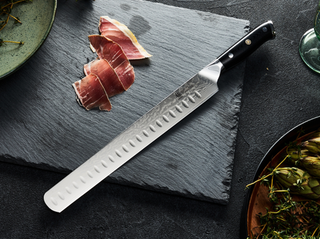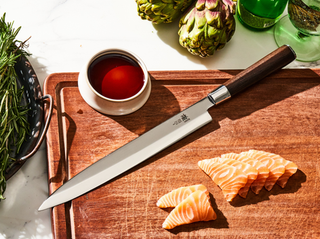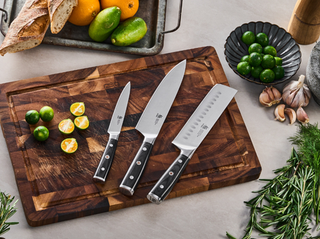The origins of Halloween
Halloween originated around 2000 years ago as the ancient Celtic festival of Samhain, celebrated at the end of the harvest season and the beginning of winter in Britain and Ireland. Samhain was seen as a liminal time when the boundary between the living and the dead blurred, and people would make offerings to ward off ghosts. When Christianity spread into Celtic lands, the church incorporated aspects of Samhain into the related festivals of All Saints' Day and All Souls' Day, and the night before became known as All Hallows' Eve or Halloween. Celtic traditions like wearing costumes and making offerings evolved into modern Halloween practices like trick-or-treating. Through Irish immigration in the 19th century, Halloween was popularized in America and eventually grew into a mainstream holiday celebrated around the world, characterized by costumes, jack o lanterns, haunted attractions, and horror themes.

where is halloween celebrated?
Halloween is primarily celebrated in several countries, with its origins rooted in Celtic and Christian traditions. While Halloween has spread to various parts of the world, it is most commonly observed in the following regions:
- United States: Halloween is widely celebrated in the United States, with traditions that include costume parties, trick-or-treating, haunted houses, and pumpkin carving. It is a significant cultural event and a popular holiday for both children and adults.
- Canada: Halloween is also widely celebrated in Canada, with similar traditions to those in the United States. Canadians participate in activities such as costume parties, trick-or-treating, and decorating their homes with Halloween-themed decorations.
- United Kingdom and Ireland: Halloween has Celtic origins and is traditionally celebrated in the United Kingdom and Ireland. In Ireland, it is known as Samhain, and in Scotland, it is called Hop-tu-Naa. These celebrations often include bonfires, parties, and children going door-to-door for treats.
- Mexico and Latin America: In Mexico and various Latin American countries, Halloween coincides with the observance of the Day of the Dead (Día de los Muertos) celebrations, which honor deceased loved ones. While Halloween is not traditionally celebrated in these regions, it has gained popularity in recent years, especially in urban areas.
- Australia and New Zealand: Halloween has become increasingly popular in Australia and New Zealand, particularly in urban areas. Many communities and neighborhoods organize trick-or-treating events, costume parties, and themed decorations.
- Some European Countries: Halloween celebrations have also gained popularity in parts of Europe, including countries like France, Germany, Spain, and Italy. While it may not be as widely observed as in North America, Halloween-themed parties, events, and decorations can be found in these regions.

It's important to note that the extent and nature of Halloween celebrations can vary within each country and region. Cultural and regional traditions, as well as individual preferences, can influence the specific ways in which Halloween is observed.
what are the symbols of Halloween?
Halloween is associated with various symbols and imagery that have become synonymous with the holiday. These symbols often represent the themes of darkness, mystery, harvest, and supernatural elements. Here are some common symbols associated with Halloween:
- Jack o Lantern: Carved pumpkins, known as jack o lanterns, are one of the most recognizable symbols of Halloween. They are typically carved with frightening or humorous faces and illuminated by candles or electric lights.
- Ghosts: Ghosts are often depicted as white, ethereal figures representing the spirits of the deceased. During Halloween, ghost imagery is prevalent in decorations, costumes, and stories.

- Witches: Witches are a prominent symbol associated with Halloween. They are often depicted as women with pointed hats, broomsticks, and cauldrons. Witch costumes and decorations are commonly seen during Halloween.
- Bats: Bats are nocturnal creatures associated with night and darkness. They are often depicted in Halloween decorations and costumes, emphasizing the spooky atmosphere of the holiday.
- Spiders and Cobwebs: Spiders and cobwebs evoke a sense of creepiness and are often associated with Halloween. Decorations featuring fake spiders and cobwebs are commonly used to create spooky atmospheres.

- Black Cats: Black cats have long been associated with superstitions and folklore. They are considered both symbols of bad luck and companions of witches. During Halloween, black cat imagery is commonly seen in decorations and costumes.
- Skeletons: Skeletons are often used as symbols of death and the macabre. Skeleton imagery is prevalent during Halloween, appearing in costumes, decorations, and themed displays.

- Full Moon: The full moon, with its eerie glow, is often depicted in Halloween imagery. It adds to the mystical and supernatural ambiance of the holiday.
- Haunted Houses: Haunted houses, with their dark and mysterious aura, are a common symbol of Halloween. They represent places of supernatural occurrences and are often depicted in decorations and used as settings for Halloween-themed events.
- Scarecrows: Scarecrows, typically associated with the harvest season, are also incorporated into Halloween imagery. They can be seen in decorations, corn mazes, and fall-themed displays.
These symbols contribute to the overall atmosphere and themes associated with Halloween and are widely used in decorations, costumes, and visual representations of the holiday.
Reasons why jack o lanterns are a popular Halloween tradition
Origins - Carving pumpkins and turning them into lanterns comes from an old Irish legend about a man named Stingy Jack who tricked the Devil. When he died, he was denied entry to both heaven and hell, so he wandered with only a carved turnip lit by a coal to light his way. Jack o lanterns symbolize this story.
Ward Off Evil - In ancient times, people would carve scary or funny faces into lanterns to frighten away evil spirits before All Hallows Eve, the night before All Saints Day. This was thought to ward off any ghosts or ghouls before the festivals.
Guiding Spirits - Later on, people began carving jack o lanterns to guide friendly spirits to their doorsteps and welcome them on Halloween night. The lanterns provided light for the good souls.
Decorations - Pumpkin carvings and lanterns are festive, spooky decorations that set the mood for Halloween. They are now used more for decoration than scaring off evil.
Fun Tradition - Carving pumpkins into jack o lanterns is an enjoyable annual activity for many families. It gets people into the Halloween spirit.
Symbol of Halloween - Along with witches, broomsticks, and black cats, jack o lanterns have become a prominent symbol representing the Halloween season and holiday.
In short, we carve jack o lanterns to honor the old legends, ward off evil, welcome spirits, decorate for Halloween, have fun, and celebrate the deep traditions of the holiday. The spooky faces glowing in the night are now quintessential symbols of Halloween.

Tips for carving the perfect jack o lantern face
- Choose a pumpkin that is ripe, smooth-skinned, and large enough to carve an expressive face. Avoid ones with bumps or imperfections.
- Wash the pumpkin first to remove dirt and bacteria before carving. Dry thoroughly.
- Draw your face design on the pumpkin first with a marker before cutting to use as a guide.
- Use a sharp knife or pumpkin carving tools to cut your design. Saw back-and-forth vs just puncturing to get clean edges.
- Make sure facial features are proportional. Triangle eyes about 1-2 inches wide, nose about 1-inch tall, mouth about 2-3 inches wide.

- Consider carving the mouth at a slant vs straight across for a more dynamic look.
- Cut the mouth, eyes, and nose fully through the outer skin so the light shines through. Leave some skin intact inside for support.
- Don't make features too small or close together. Leave some blank space between them for best look.
- For lit jack o lanterns, place a tealight or LED candle inside to illuminate the face. Never leave a real flame unattended.
- Scrape the inner walls of the pumpkin about 1 inch thick so more light radiates through.
- Consider unique additions like fangs, scars, or other accents to personalize your jack o lantern face.
- Use toothpicks or thumbtacks to tack facial features in place if they start to sag before display.

Halloween Frequently Asked Questions (FAQ)
What are some practical tips for carving the perfect jack o’ lantern?
Choosing a sharp and reliable knife is key to creating a beautiful jack o' lantern. For example, using Kyoku kitchen knives can make cutting smooth, precise pumpkin shapes much easier, and make the whole DIY experience safer and more enjoyable for the whole family. Before carving, it’s best to draw your design with a marker and follow the “cut small, then large” rule for the best results.
Besides jack o’ lanterns, what fun family activities can we do for Halloween?
Apart from carving pumpkins, you can bake pumpkin pies, create DIY ghost decorations, host themed costume parties, or play “trick or treat” games. Joining friends and family in creative costumes and pumpkin-themed meals is a great way to enhance the holiday spirit.
Why did pumpkins become the symbol of Halloween instead of other vegetables?
Originally from Ireland, people first carved turnips and beets. When Irish immigrants brought the tradition to America in the 19th century, they found pumpkins were larger and easier to carve, so pumpkin lanterns became the standard. If you want to try carving smaller vegetables like carrots or white turnips, a versatile Kyoku kitchen knife is perfect for handling these with ease!
How can I make my carved pumpkin last longer without rotting?
After carving, rubbing the inside and outside with vegetable oil or lemon juice helps retain moisture and slow decay. Keeping the pumpkin dry during carving and storing it in the refrigerator can also help maintain its shape and freshness longer.
